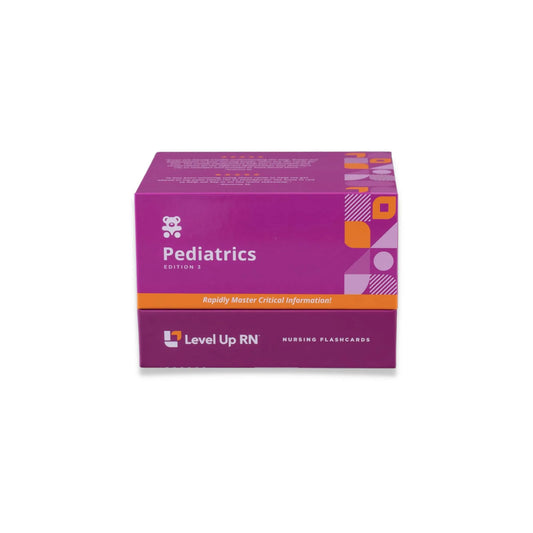Peds, part 40: Musculoskeletal Disorders - Positional Plagiocephaly
Pediatric musculoskeletal disorders, starting with positional plagiocephaly. What positional plagiocephaly is, symptoms of positional plagiocephaly, treatment of positional plagiocephaly, and family teaching to treat or prevent positional plagiocephaly.
Full Transcript: Peds, part 40: Musculoskeletal Disorders - Positional Plagiocephaly
Full Transcript: Peds, part 40: Musculoskeletal Disorders - Positional Plagiocephaly
Hi, I'm Cathy with Level Up RN. In this video, I will be starting my coverage of pediatric musculoskeletal disorders, starting with positional plagiocephaly. And at the end of the video, I'm going to give you guys a little quiz to test your knowledge of some of the key points I'll be covering, so definitely stay tuned for that. And if you have our Level Up RN pediatric nursing flashcards, pull out your flashcard on positional plagiocephaly and follow along with me. Positional plagiocephaly is where we have asymmetry of the cranium or skull. So plagio means oblique and cephaly means head. So this disorder is caused by prolonged pressure on one side of the skull that causes it to flatten over time. Signs of this disorder include a misshapen skull, a bald spot, as well as facial asymmetry. The main risk factor that contributes to positional plagiocephaly is the fact that we put our babies to sleep on their back at night, which to be clear, we absolutely want to do in order to prevent SIDS or sudden infant death syndrome. However, to prevent or treat positional plagiocephaly, we want to make sure we are trying to reposition the baby's head when we put them to sleep. So ways to do this include putting the baby to sleep facing this way one night and then changing their position to facing this way another night. We can also try to gently change their head position while they're sleeping to avoid prolonged pressure on the side that they typically favor.
In addition to repositioning, helmet therapy is also used in the treatment of positional plagiocephaly. Helmets should be worn approximately 23 hours per day, and therapy typically lasts for about three months. We also want to teach our families to provide lots of tummy time for their baby. So babies should get tummy time at least three times a day and for 10 to 15 minutes per time. We also want to teach our families to avoid having the baby spend an excessive amount of time in a car seat or swing. All right. It's quiz time, and I've got three questions for you. Question number one. What sleeping position prevents SIDS but also increases the risk for positional plagiocephaly? The answer is a supine position. Question number two. How many hours per day are helmets worn in the treatment of positional plagiocephaly? The answer is 23 hours per day. Question number three. What is the minimum number of times per day that a baby should have tummy time? And how many minutes should they spend on their tummy each time? The answer is at least three times per day and for 10 to 15 minutes per time. All right. That is it for this video. I hope you found it to be helpful, and take care and good luck with studying.



1 comment
Great